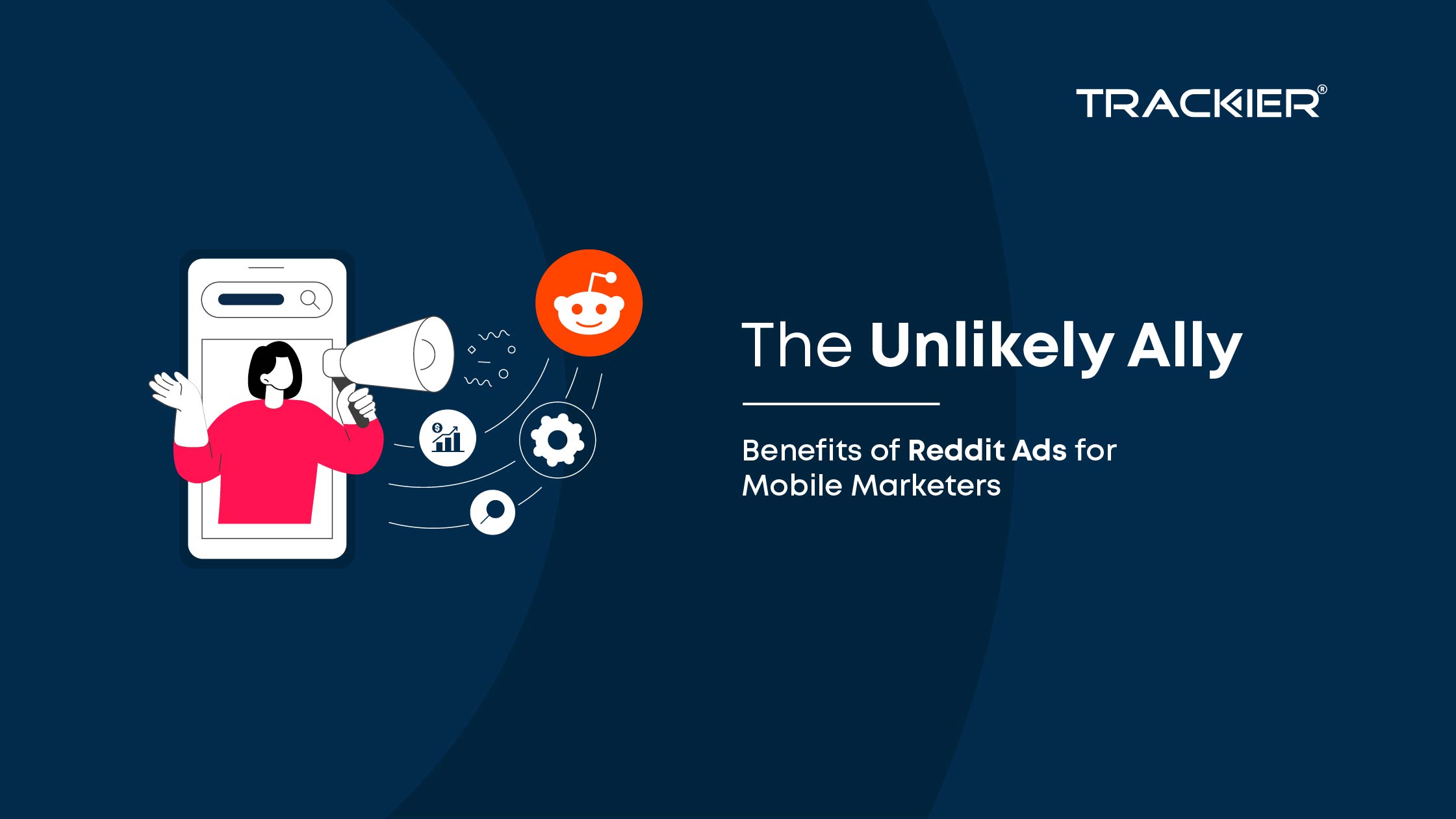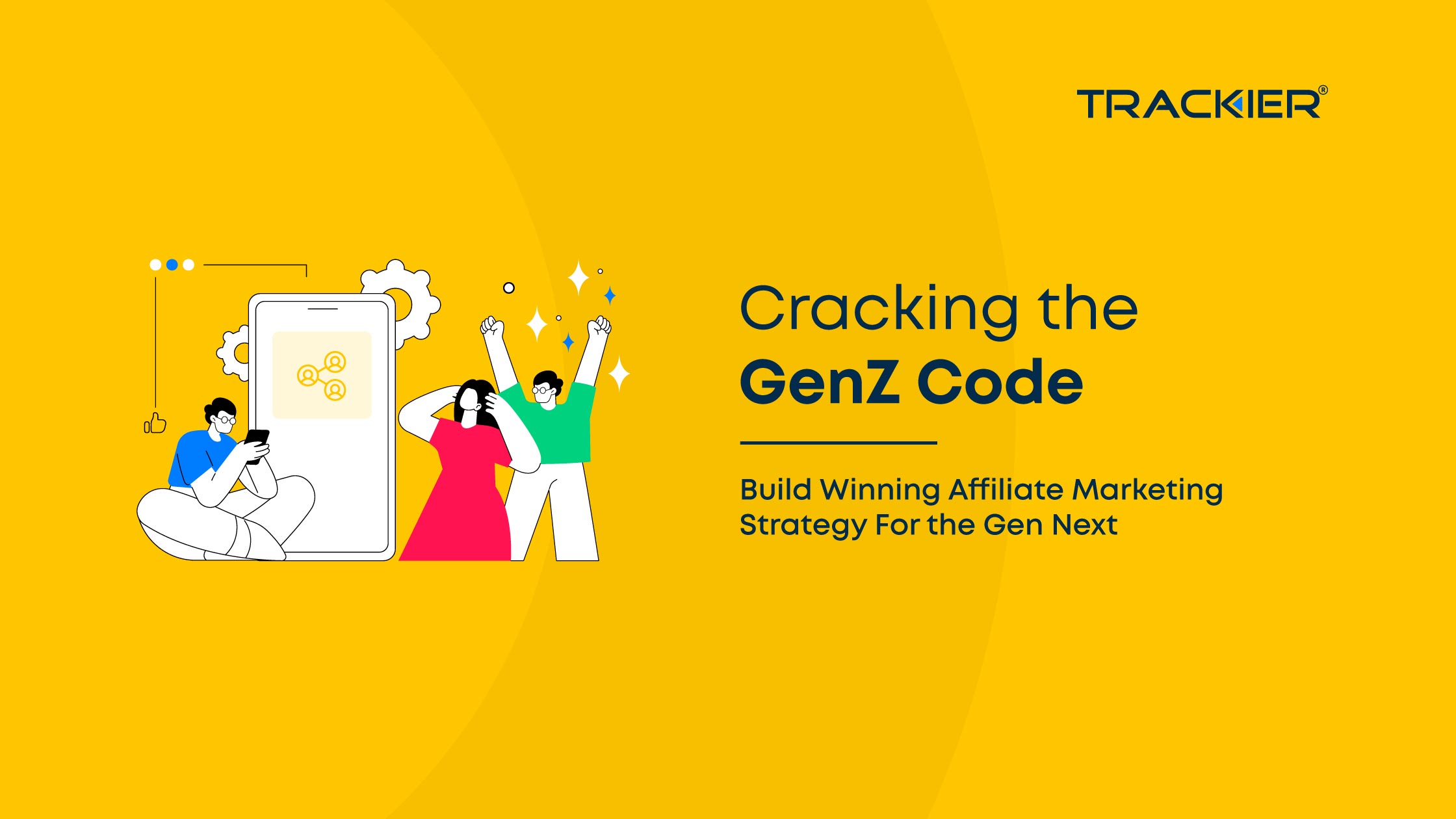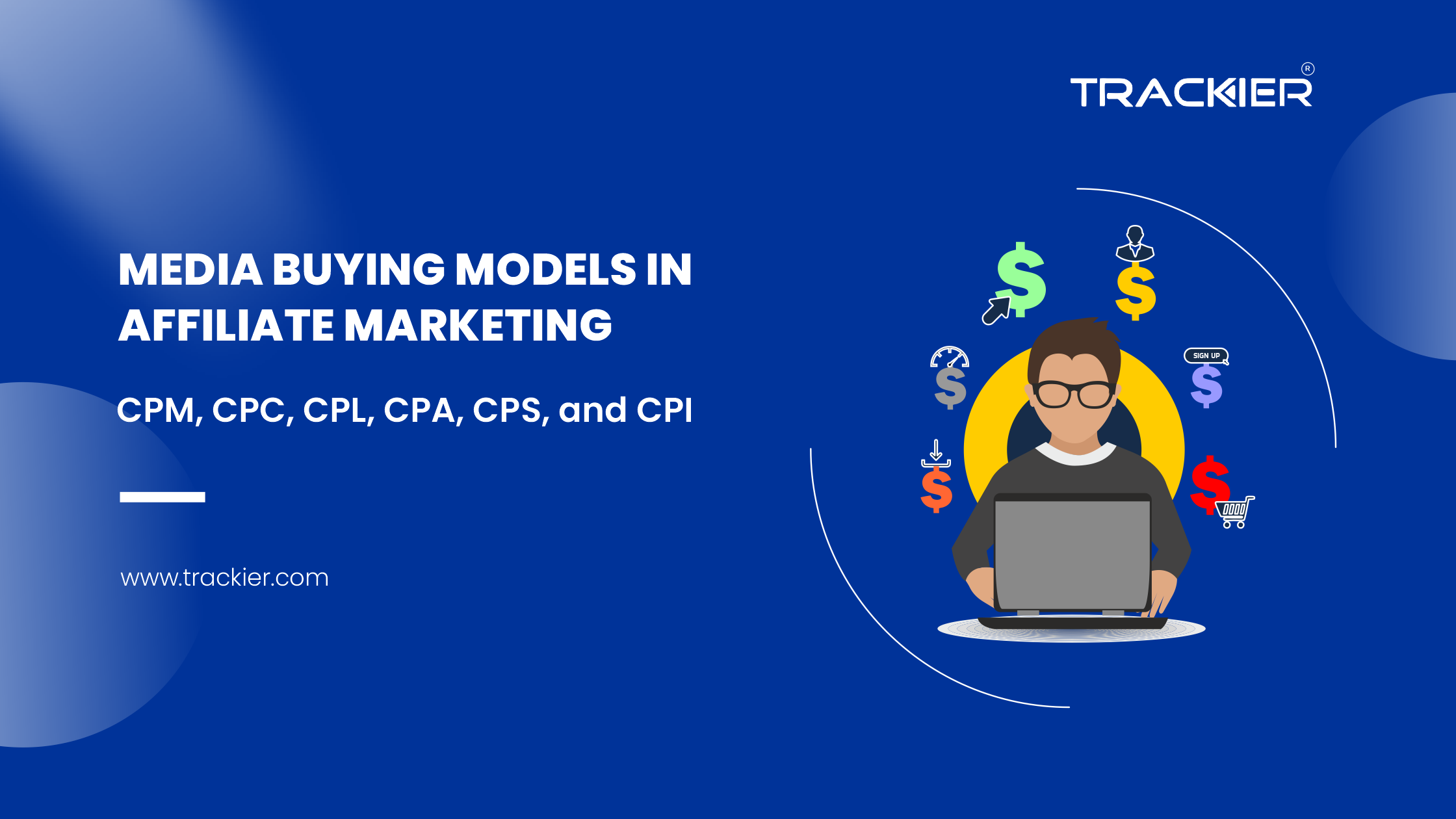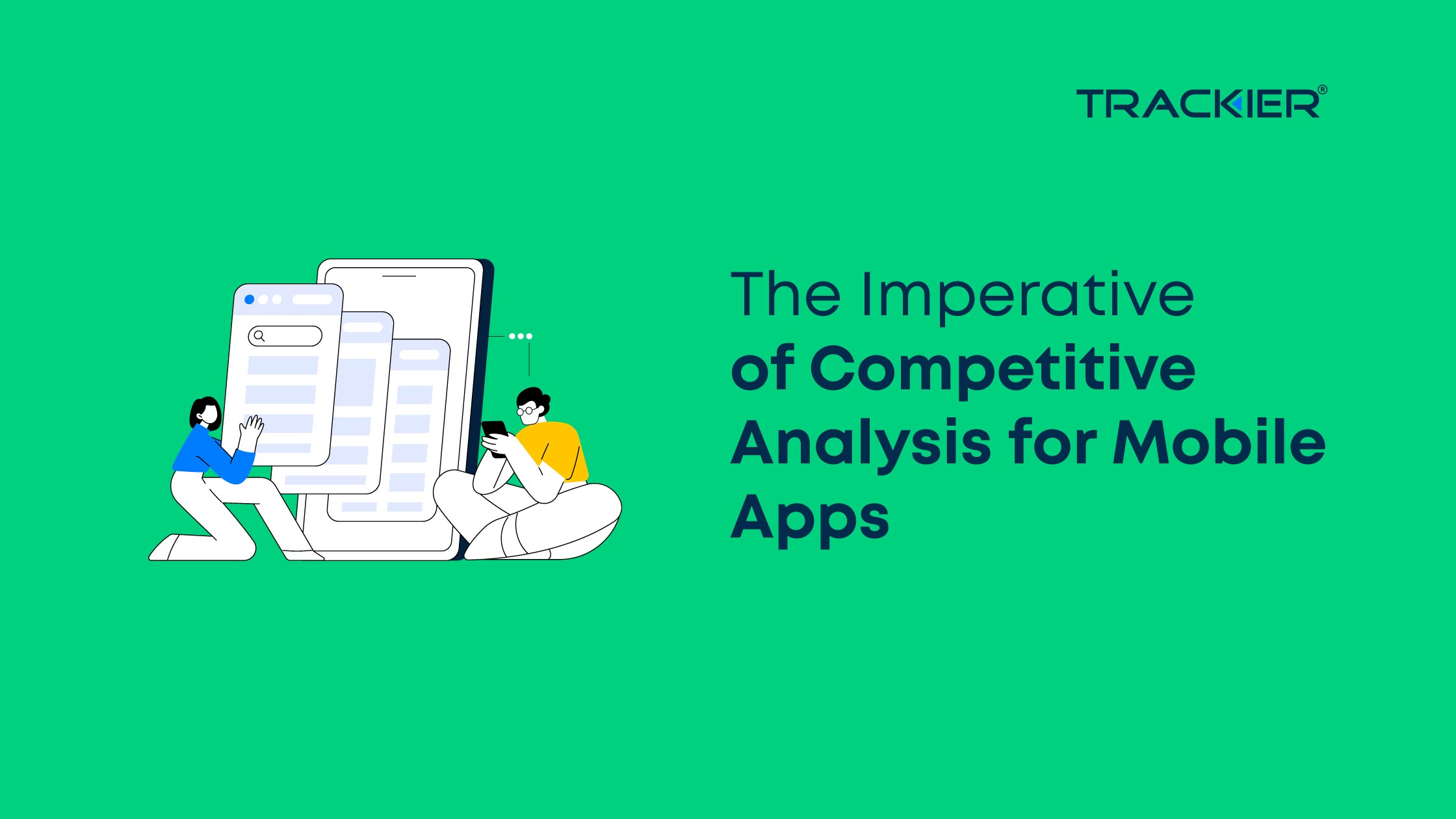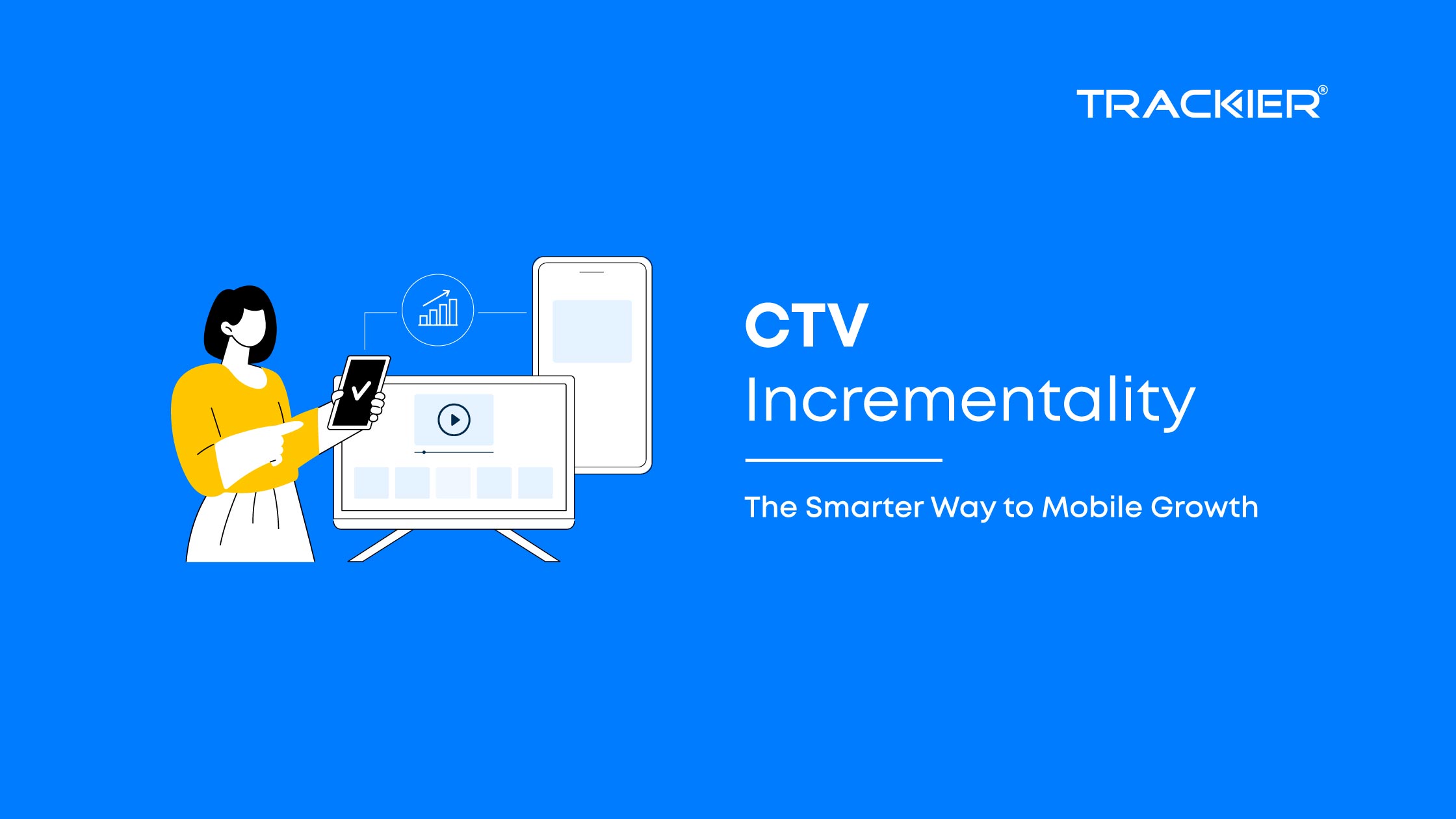In today’s digitally driven & e-marketing world, the key to a successful marketing campaign is more than just adding a catchy slogan in front of your audience. To generate a result-oriented marketing campaign that helps you boost ROI & more sales, you may need to have a resonating message that will say for itself at the right time and price.
And that’s where Media buying comes to the rescue. It is one such process that makes all your paid marketing efforts notable and easy.
What Is Media Buying?
As the term “media buying” suggests, it is the act of purchasing media to in order to gain exposure. Products can be marketed or brand awareness can be raised by using this media exposure.
However, we must first comprehend the primary models of media buying before delving further into what media buying is.
Therefore, to be helpful to both newbies and market experts, we are covering six different media buying models you all may encounter in this mobile marketing world.
CPI- Cost Per Install
In mobile app marketing, CPI refers to media programs where the advertiser pays for every installed app. Lots of app marketing is purchased CPI because it is a fast way to drive installs. But the quality of installs driven varies by media vendor. Some CPI vendors are highly extremely reputable and work hard to find users likely to that will likely use an app. Others use incentives like giving a user free “gold” for a game in exchange for their downloading an app. These “incentivized installs” tend to be of low quality. In addition, there are also very disreputable companies that drive installs with bots.
It is projected that the revenue of media buying agencies in the U.S. will amount to approximately 7.160,3 million U.S. Dollars by 2024.
CPM- Cost Per Mile
CPM stands for cost per thousand Impressions (the M is the Roman numeral abbreviation for 1,000). CPM is one of the most common ways of buying digital media. You essentially pay for every time your ad loads on a page or in an app. It’s a simple way to buy but is coming under increasing scrutiny because the client is charged for the impression whether or not a consumer actually sees it.
If for example, the ad appears below the browser window and the user never scrolls down, the advertiser still pays. Numerically, if CPM of an Ad is 12$ then per impression pay for the ad would be 0.12$.
CPC- Cost Per Click
CPC stands for cost-per-click advertising. Here the advertiser pays when a click is made on an ad. Some advertisers prefer to buy CPC versus CPM because they believe they only pay when someone is interested enough in the message to want more info. Some CPC programs are very effective and it’s very easy to create them, but there is a potential for fraud if a company deliberately uses bots or some other technique to drive clicks not initiated by a real person.
CPL- Cost Per Lead
CPL is short for cost per lead, meaning that the advertiser pays when a lead form is completed and submitted. CPL is common in B2B marketing, where it is unlikely that someone will make a purchase immediately. It can be a very effective way to buy, though there is some risk of fraud if bots are programmed to fill in leads automatically.
CPA & CPS- Cost Per Acquisition & Cost Per Sale
Cost per acquisition or Cost per sale. Here the advertiser pays only if a purchase is made. This is the relatively low-risk way to buy media because the advertiser only pays when revenue is driven. But many media companies won’t sell media this way because they must assume all of the risks in the ad buy. If no one buys, they make no money.
While you focus on media buying, your aim should also be to maximise ROI.
How Does The Media Buying Model Help?
The Final Question: Which Model Is Best To Choose To?
The best possible answer to this question is that there is no answer. The answer may feel obsolete. But there’s some truth to that.
Like every marketing campaign, that has a dedicated objective before it goes live. Similarly selecting a model purely depends upon your objective, target, and what your media partners are willing to do.
But, if you want us to give you an answer, the best model will be the one that drives high-quality user who engages, drive new customers, and help retain your existing consumers.
For instance, If you are an app owner, it could be CPI that may help you achieve your results better. If you are from the ed-tech or recruiter domain, CPL may be beneficial.
Bottomline
Media Buying & Planning has become an essential component in paid marketing efforts. As the goal always remains to identify and purchase ad space on marketing channel relevant to the target audiences or to reach them at the optimal time, using the least amount of money, tracking the outcomes of such campaigns become essential too.
When done effectively, media buyers achieve maximum exposure in their desired market.
Lastly, to track the outcome of such campaigns, you may use Trackier Performance Marketing Software to get access to all the required reports of the running campaigns under a single dashboard. You can also track the conversion reports according to your required KPIs.


